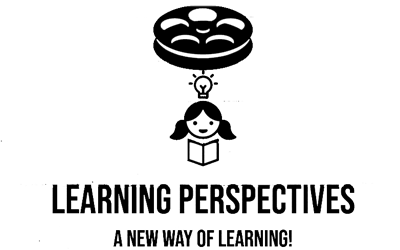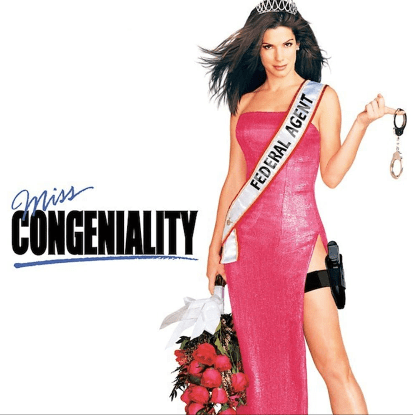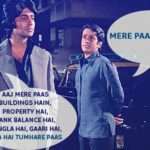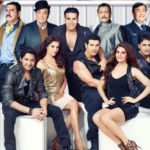Movie Case Study
The scene that you just saw, shows Gracie Hart (played by Sandra Bullock) who is trying to have a conversation with her boss (played by Ernie Hudson). The scene is set in a gym of the Federal Bureau of Investigation (FBI).
Gracie mentions that she is now ready to become the ambassador or the face of the Bureau. She says that she wants to be a positive role model for women. Meanwhile, Gracie gets into a fight with Sam Fuller, who is transferred to the bureau because of her anger management issues. In this blog, Learning Perspectives will explore the meaning of different roles in an organization.
What are the roles in an Organization?
Shakespeare had said, “All the world’s a stage and all men and women merely players.” He was right in saying so.
Individuals play different roles in this lifetime. A man can play diverse roles in his life both on the job and off-job. Understanding the behavior of a person is linked to understanding the role that they are playing in their lives. A woman can be a mother, daughter, sister, lover, daughter-in-law, wife, friend, etc. Her behavior changes with the group she is in, if she’s a religious person then her behavior is different in a prayer group and her behavior differs when she’s out with her friends the same day.
Similarly, roles in an organization change constantly. An employee assumes a subordinate role at the beginning of their career and gradually moves to a leadership role. An employee’s stance changes continuously. This can be seen while communicating with people from different levels in an organization.
Role Identity:
There are certain attitudes and actual behaviors consistent with a role and they create role identity. People can shift roles rapidly when the situation demands major changes.
Gracie is adopting a leadership stance when she tells her boss that she wants to be the face of the FBI.
Role Perception:
Our view of how we are supposed to act in a given situation. It is based on an interpretation of how we believe we are supposed to behave. These perceptions come from TV, social media, radio, friends, etc. We find random videos going viral every other day, many people tend to perceive things by the influence of such videos.
Similar to the scene that we just saw, Gracie Hart does not show any emotion, when her boss confronts her by asking ‘whether she had been crying’. To this Gracie replies that she doesn’t even have tear ducts. Gracie wants to be perceived as a tuff officer.
Role Expectations:
This is how others believe you should act. How one behaves is determined to a large extent by the role defined in the context in which you are acting.
Gracie Hart shows no sign of feminity as her job requires her to do so. She is a bright and capable agent yet she ignores her feminine energy as her role demands her to be masculine, stiff, and harsh.
Role Conflict:
When an individual is confronted by divergent role expectations, the result is role conflict. It usually comes up when an individual finds that compliance with one role requirement would make it more difficult to comply with other role requirements.








